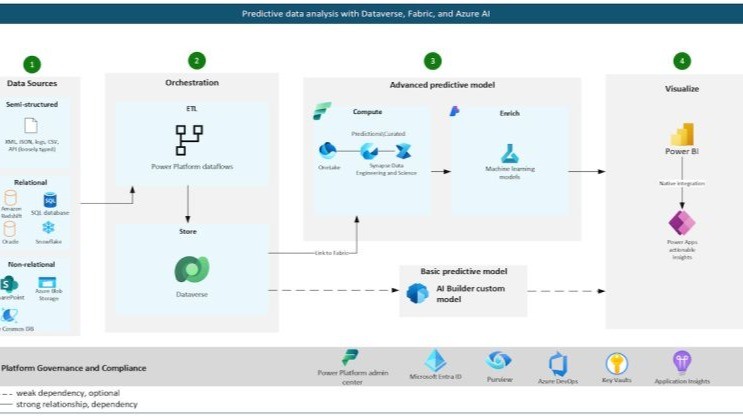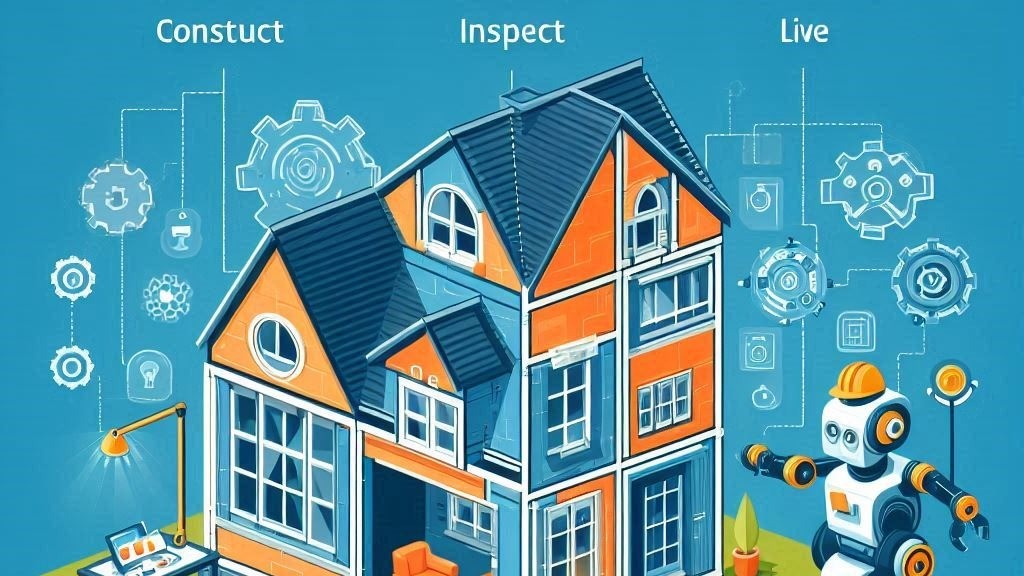Tag: Power Platform
-

The Microsoft Power Platform Architecture Center has been a trusted hub for solution design guidance for a while now. What’s new — and a major step forward — is that it now includes Copilot Studio solutions alongside traditional Power Platform architectures. This expansion brings even more resources to help teams design solutions that aren’t just…
-

Power Automate is a fantastic tool for automating business processes, but as workflows grow in complexity, they can become slow, error-prone, and difficult to scale. Optimizing performance is key to ensuring your flows run efficiently and reliably. In this article, we’ll explore practical strategies to reduce run times, handle errors effectively, and scale workflows to…
-

A great Power Platform Solution Architect isn’t just a highly skilled technical expert—they are also a strategist, a leader, and a business-savvy problem solver. While functional consultants and developers focus on implementation, an architect must balance big-picture thinking with practical execution to deliver scalable, maintainable, and value-driven solutions. So, what soft skills separate a great…
-

Building a House vs. Managing Power Platform ALM: Why You Need the Right Environments Imagine you’re building a house. You wouldn’t just start hammering nails into wood at the final location without any planning, right? You’d follow a structured process: Application Lifecycle Management (ALM) in Microsoft Power Platform follows a similar structure. Instead of houses,…
-

Ever been in a project that felt chaotic from the start? Where requirements kept shifting, scope creep took over, and the end product didn’t quite meet expectations? More often than not, the missing piece was a strong Analysis & Design (A&D) phase. A&D isn’t just about gathering requirements—it’s about understanding the business problem, defining the…
-

Ever been in a project that felt chaotic from the start? Where requirements kept shifting, scope creep took over, and the end product didn’t quite meet expectations? More often than not, the missing piece was a strong Analysis & Design (A&D) phase. A&D isn’t just about gathering requirements—it’s about understanding the business problem, defining the…
-

Canvas Apps are a powerful way to build business applications with minimal coding, using Power Fx as the underlying formula language to drive logic and data interactions. To further enhance the flexibility and maintainability of apps, Power Fx has introduced two key features: User Defined Types (UDTs) and User Defined Functions (UDFs). These additions empower…
-

I get it—SharePoint is familiar, easy to set up, and widely used. Many organizations default to SharePoint lists as a backend when building Power Apps and Power Automate solutions. But here’s the problem: A SharePoint list is not a database. As your solution scales, using SharePoint as your primary data source can lead to performance…


